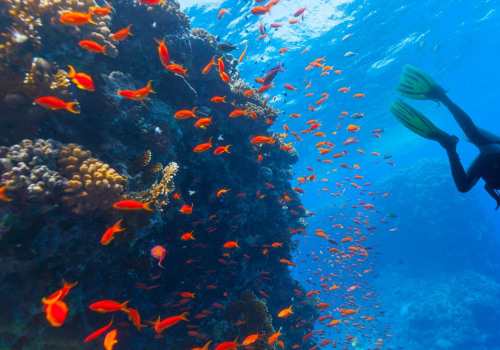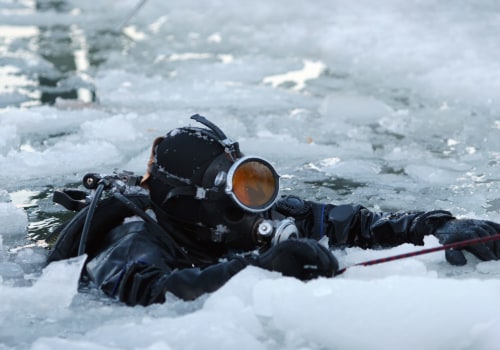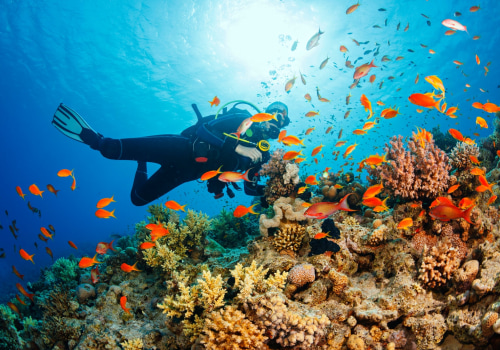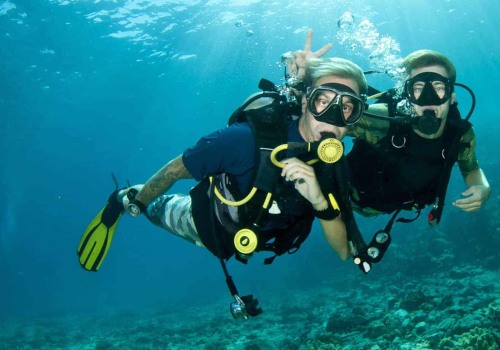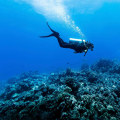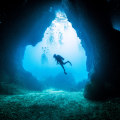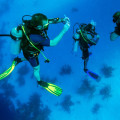Diving is an exhilarating activity that can take you to depths of up to 130 feet with basic open water certification. With more training, you can obtain the advanced open water diving certification that will allow you to dive to a depth of 30 meters (about 100 feet). However, for those looking to explore even deeper, technical divers can work in a range of 170 feet to 350 feet, and sometimes even deeper. It is important to note that appropriate certification is highly recommended for diving to those depths.
As a basic open water diver, the depth limit for diving is 60 feet. If you want to dive a little deeper, the advanced open water certification will teach you more about diving deeper than 60 feet. To dive deeper than 100 feet, the deep diving specialty course is highly recommended to learn how deep diving affects the body and how to properly prepare for an ascent from the deep. Deep diving can cause narcosis, which is like being intoxicated underwater. Although not dangerous in and of itself, if not recognized or corrected, nitrogen narcosis can cause errors in diving.
Deep diving is any dive deeper than 20 meters (60 feet). However, there are different types of diving that give deep diving its own specific definition. In recreational diving, the maximum depth limit is 40 meters (130 feet). For example, diving at 650 feet would give divers one day to descend and rest, 19 days to work, and eight days to decompress. The traditional dive tank mix contains compressed air, which is a mix of 21% oxygen and 79% nitrogen.
Most recreational divers don't usually exceed 130 feet, but commercial divers can reach depths of 2000 feet with the help of atmospheric suits. The heliox mix can be used for dives of up to 300 meters (984 feet), but if you want to go deeper, you'll have to replace the helium in the tank with hydrogen, since the helium will start to have a narcotic effect. Helium is a tiny molecule with poor thermal properties, meaning it's easy to breathe, but it takes heat away from the diver with each exhalation. To dive to such great depths, you'll need to have a special mixture of gases in your air supply to prevent the narcotic effect of compressed nitrogen from taking hold of you. For this reason, blood is normally sent to the heart and brain, and one of the reasons why it's important to keep your trunk warm while diving. The average depth for technical divers is 130 to 330 feet, depending on the dive site and other conditions that may affect the dive. Blue Hole (Dahab, Egypt, Red Sea): Known as one of the most dangerous dive sites in the world due to the number of lives it has claimed. Other considerations that must be considered in deep sea diving include infection prevention and the health of divers.
It is important for divers to be aware of their limits and take all necessary precautions when exploring these depths.
